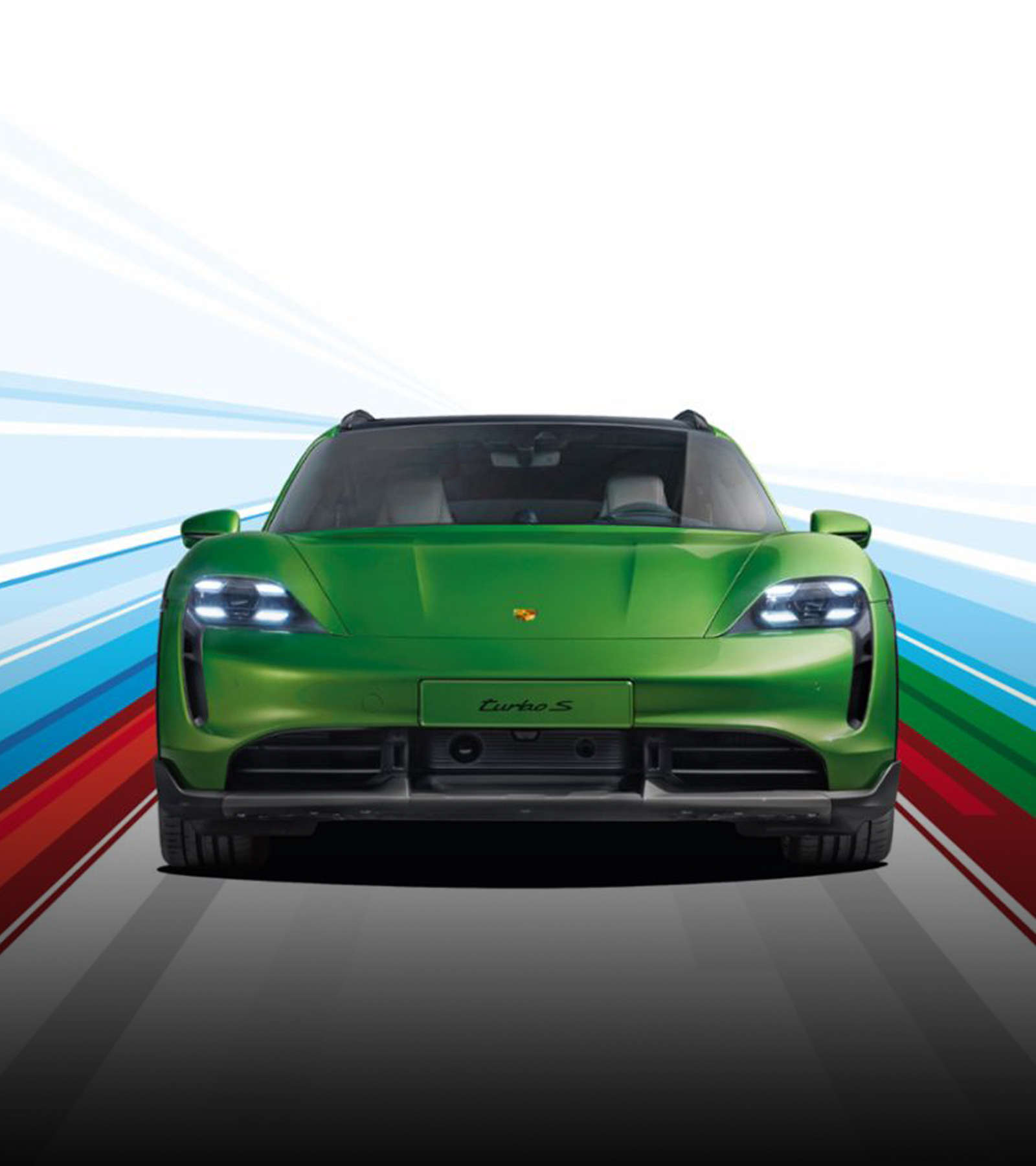For maximum performance and efficiency, wires are square and recuperation strategies flexible. Honeycomb structures and a complex-shaped steel beam without a welding seam ensure maximum safety. Insights into the

ADVANCED CLIMATE CONTROL
At first glance, the air vents in the

FOOT GARAGE
A low center of gravity and enhanced driving dynamics—this is the governing logic in the
THERMAL GLASS ROOF
The


HV BOOSTER
Thanks to its 800-volt technology, the
SIDE SILLS
During the Middle Ages, fortified castle walls protected the occupants behind them from their enemies. As soon as one wall was breached, a second one awaited. This is precisely the principle employed in the


PORSCHE STABILITY MANAGEMENT MODULE
ELECTROMECHANICAL BRAKE BOOSTER
With the advent of e-mobility, one term is gaining in importance: recuperation, or the recovery of energy while driving. That which is otherwise converted into heat when braking or dissipates when the combustion engine is in overrun mode now charges the battery. The conventional one-pedal technology uses recuperation when the accelerator pedal is released. This is different in the

TWO-SPEED TRANSMISSION
The
BULKHEAD CROSS MEMBER
What makes a steel profile special? Behind the cockpit in the


CHARGING CONNECTION AND HIGH-VOLTAGE CABLING
Flexibility is everything. The
STATOR WITH HAIRPIN TECHNOLOGY
Every electric motor consists of a rotating rotor and a fixed stator with a wound, insulated copper wire. Until now, such windings have resembled rather haphazardly rolled-up cable reels. Things are more orderly in




